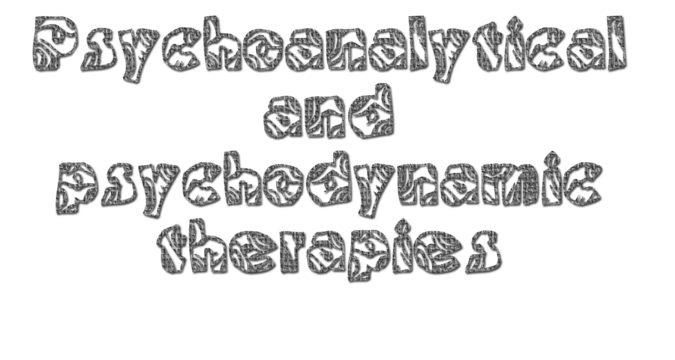Psychoanalytical therapy and psychodynamic therapy are therapeutic approaches rooted in psychoanalysis; a theory developed by Sigmund Freud. These therapies aim to explore unconscious processes, childhood experiences, and the dynamics of the therapeutic relationship to gain insight into the individual’s thoughts, emotions, and behaviours.
Key features of Psychoanalytical and Psychodynamic Therapies include:
1. Unconscious processes: These therapies focus on uncovering unconscious thoughts, feelings, and conflicts that may contribute to the individual’s current difficulties. The therapist helps the individual explore and gain insight into these unconscious processes.
2. Childhood experiences: Psychoanalytical and psychodynamic therapies emphasize the role of early childhood experiences in shaping personality and current patterns of behavior. The therapist and individual work together to explore and understand the impact of past experiences on the individual’s present functioning.
3. Therapeutic relationship: The therapeutic relationship is considered essential in these therapies. The therapist provides a safe and supportive environment where the individual can freely express themselves and explore their thoughts and feelings. The dynamics that emerge in the therapeutic relationship are considered reflective of patterns in the individual’s other relationships.
4. Insight and self-reflection: Psychoanalytical and psychodynamic therapies aim to promote insight and self-reflection in the individual. By gaining awareness and understanding of unconscious processes and early experiences, individuals can develop a deeper understanding of themselves and make changes in their lives.
The benefits of Psychoanalytical and Psychodynamic Therapies in treating mental illness include:
1. Increased self-awareness: These therapies help individuals gain insight into unconscious patterns, unresolved conflicts, and underlying motivations. This increased self-awareness can lead to a better understanding of oneself and one’s relationships, allowing for personal growth and change.
2. Resolution of internal conflicts: Psychoanalytical and psychodynamic therapies aim to help individuals identify and resolve internal conflicts that may contribute to psychological distress. By exploring these conflicts and their origins, individuals can develop healthier ways of coping and relating to others.
3. Emotional healing: These therapies provide a space for individuals to express and process their emotions in a supportive and non-judgmental environment. Through this emotional exploration and understanding, individuals can experience emotional healing and find relief from symptoms.
4. Integration of past and present: Psychoanalytical and psychodynamic therapies help individuals connect past experiences and current difficulties, providing a holistic understanding of one’s life story. This integration can lead to a sense of coherence and a more integrated sense of self.
Current research into Psychoanalytical and Psychodynamic Therapies continues to explore their efficacy and effectiveness across various mental health conditions. Studies are investigating their outcomes in different populations and their potential benefits in combination with other therapeutic approaches, such as medication or cognitive-behavioural techniques.
Research efforts also focus on understanding the underlying mechanisms of change in these therapies, including the impact of the therapeutic relationship, the role of insight, and the influence of unconscious processes. Furthermore, studies are exploring how these therapies can be adapted and delivered in different formats, such as brief or time-limited interventions, to increase accessibility and reach.
It’s important to note that Psychoanalytical and Psychodynamic Therapies typically involve longer-term treatment and require a qualified mental health professional with specific training and expertise in these approaches. The therapist conducts an initial assessment to determine if these therapies are appropriate and develops an individualized treatment plan based on the person’s specific needs and goals.


